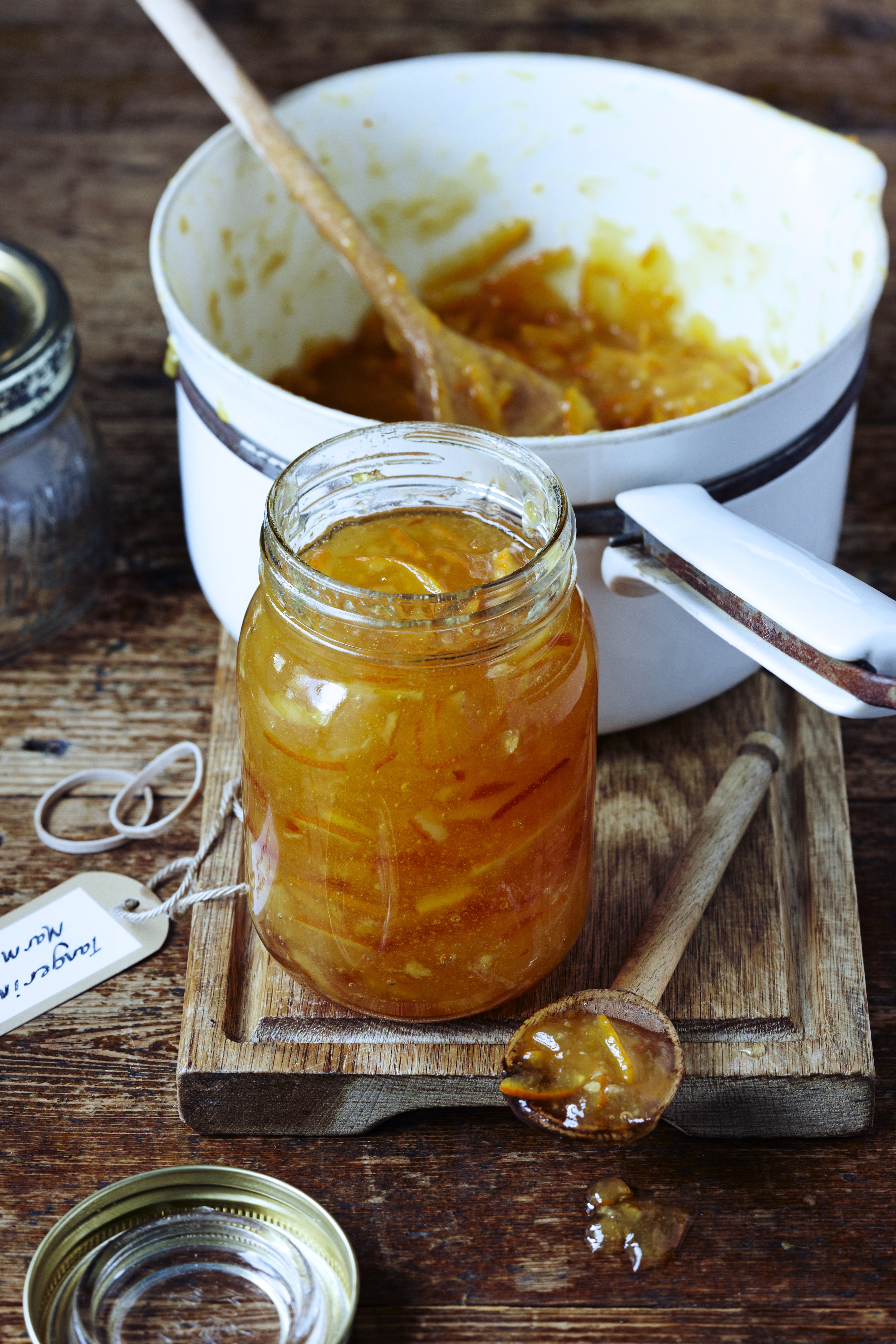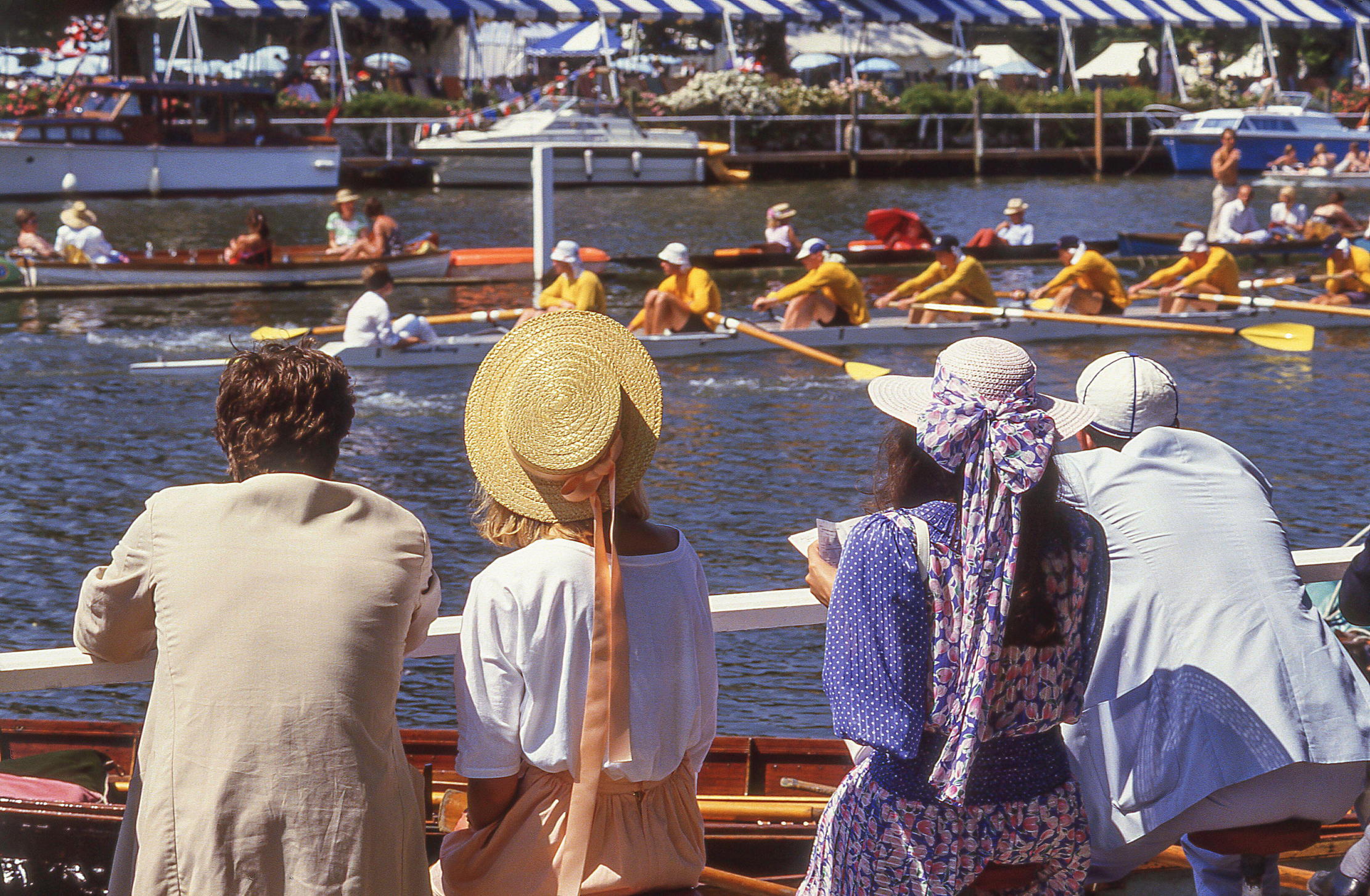Best ever marmalade recipe
Thomasina Miers picks Margaret Costa’s old-fashioned marmalade as one of her greatest recipes ever.


‘I inherited a love of marmalade from my father. Nowadays, a slice of Gloucestershire toast in the morning, spread thickly with butter and a little of my parents' dark, syrupy marmalade, signals that I'm home. Making the marmalade is an annual event, and now I'm making it, too, a real step into adulthood, perhaps even more of one than having a family and a career! Put aside half a day, and enjoy the luxury of spending time in the kitchen.
The fruit halves get boiled, and then the insides are scooped out and thrown into the muslin and the rinds finely sliced, making the whole process much easier. And, of course, we add a good half cup of whisky right at the end for that extra layer of taste.
If you don't already own Margaret Costa's Four Seasons, I urge you to buy it. I put her on a par with the great Jane Grigson and the mighty Elizabeth David: her book is full of simple, seasonal, wonderfully old-school recipes'
Thomasina Miers Old-fashioned marmalade
Extract from Margaret Costa's Four Seasons Cookery Book, Published by Grub Street, (First published in 1970 by Thomas Nelson and Sons)
- 2lb Seville oranges
- 4 pints water
- 1 lemon
- 4lb preserving sugar
Method
Cut the scrubbed fruit in half; squeeze out the juice and remove the pips. Tie them in a small piece of muslin, and soak them for half an hour in a small basin with just enough cold water to cover them. Shred the peel, coarsely or finely according to the family taste, and if you like thick, bitter marmalade, leave all the pith on.
Sign up for the Country Life Newsletter
Exquisite houses, the beauty of Nature, and how to get the most from your life, straight to your inbox.
Put the little muslin bag and the shredded rind in a preserving pan with the water and the juice of the lemon, and leave overnight. (You can speed things up a lot by mincing the rind, but the marmalade will look cloudy.)
Next day, simmer gently for 2 hours or more until the peel is tender and the liquid reduced by about half. Squeeze the bag of pips and remove it, add the warmed sugar and cook gently, stirring, until it has quite dissolved. Bring to a full, rolling boil, and boil really rapidly until setting point is reached- this should take between 5 and 10 minutes. (By the way, if you have a sugar thermometer, you will have a quick way of testing for this. A temperature of 220˚F [100˚C] should give a good set.)
"Be careful not to overcook it, or the marmalade will be very dark and the flavour spoilt"
To test this, put a little marmalade on a cold saucer-if it wrinkles when you push it with your finger, it is done. It shouldn't take more than 20 minutes at the very most to reach this stage. Be careful not to overcook it, or the marmalade will be very dark and the flavour spoilt. Remember, too, that if the fruit is undercooked when the sugar is added, the peel will be tough, the colour poor, and you will not get a good set.
Give the marmalade a stir, and pot at once into warmed, sterilised jars. Cover with a waxed disc while still warm, and tie down when absolutely cold. Like all preserves, it should be stored in a cool, dry, dark, airy place.
This article was first published in Country Life in 2011
Country Life is unlike any other magazine: the only glossy weekly on the newsstand and the only magazine that has been guest-edited by HRH The King not once, but twice. It is a celebration of modern rural life and all its diverse joys and pleasures — that was first published in Queen Victoria's Diamond Jubilee year. Our eclectic mixture of witty and informative content — from the most up-to-date property news and commentary and a coveted glimpse inside some of the UK's best houses and gardens, to gardening, the arts and interior design, written by experts in their field — still cannot be found in print or online, anywhere else.
-
 380 acres and 90 bedrooms on the £25m private island being sold by one of Britain's top music producers
380 acres and 90 bedrooms on the £25m private island being sold by one of Britain's top music producersStormzy, Rihanna and the Rolling Stones are just a part of the story at Osea Island, a dot on the map in the seas off Essex.
By Lotte Brundle
-
 'A delicious chance to step back in time and bask in the best of Britain': An insider's guide to The Season
'A delicious chance to step back in time and bask in the best of Britain': An insider's guide to The SeasonHere's how to navigate this summer's top events in style, from those who know best.
By Madeleine Silver